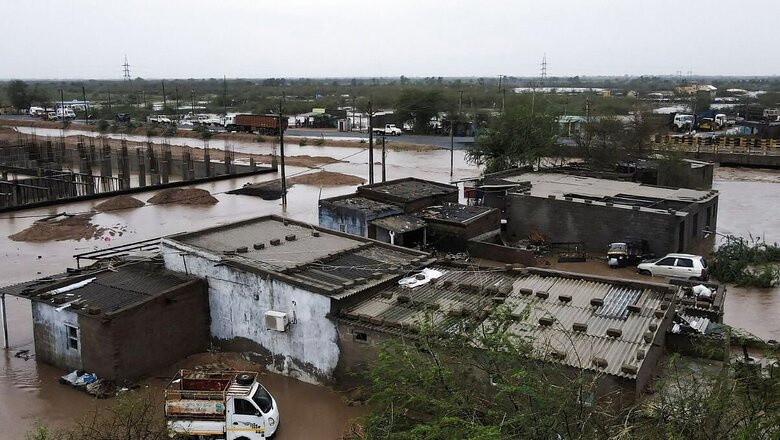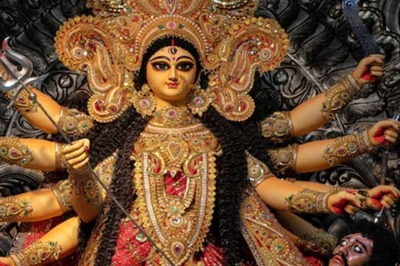
views
By Amit Bhandari
The Indian subcontinent is one of the worst affected regions in the world when it comes to natural disasters. Out of 36 States and Union Territories (UTs) in the country, 27 are disaster-prone. 58.6% landmass is prone to earthquakes of moderate to very high intensity; 12% of the land is prone to flood and river erosion.
Out of 7,516 km of coastline, 5,700 km is prone to cyclones and tsunamis; 68% of the cultivable land is vulnerable to drought, hilly areas are at risk from landslides and avalanches, and 15% of the landmass is prone to landslides. A total of 5,161 Urban Local Bodies (ULBs) are prone to urban flooding.
Especially during the monsoons, the threat posed by cyclones, landslides, and lightning is much more severe. Interestingly while we prepare for monsoons by buying umbrellas and servicing cars; our homes—the most valuable assets we own—are often overlooked.
For decades, financial experts have emphasized the importance of insurance as a means to protect the home. Home insurance is not just a safeguard; it’s a critical investment that protects the assets acquired through hard work.
What kind of homes can be insured?
Home insurance, also known as homeowner’s insurance, is designed to protect your property—whether it’s a bungalow, apartment, rented flat, or owned house—against various risks. Homeowners also have the option to insure ‘kutcha’ home structures.
Who can buy home insurance?
- You can buy cover for a home or a bungalow if you are the owner, authorized occupier, landlord, or tenant. Yes, even tenants can buy insure their homes.
- Home insurance can be purchased only for properties used for residence. In case a residential property is used for any commercial activity – it is important to buy an appropriate insurance policy other than home insurance.
- As an owner you can rent an insured house, but if you sell the property, there is automatic termination of the home insurance policy.
What types of incidents during monsoon does home insurance protect your home against?
During particularly monsoons, you can benefit from home insurance in case of physical damage or loss to the insured property caused by –
- Storm, cyclone, typhoon, tempest, hurricane, tornado, tsunami
- Flood and inundation
- Lightening
- Subsidence of the land on which your home building stands,
- Damage to home structure due to falling trees etc.
What can be covered under home insurance?
A comprehensive home insurance policy can include several key components:
- Structure: This cover is for the structure of your home. Additional structures such as garage, verandah, domestic outhouses for residence, compound walls, retaining walls, parking space, solar panels, water tanks or residence, permanent fixtures and fittings and internal roads are also covered.
- Contents: This cover is for general contents of household items in your home. Contents like television, refrigerator, furniture and other household articles are covered. You can also cover valuable contents like jewelry, works of art, silverware, paintings, etc. by paying additional premium.
- Accidental Death: This coverage is usually optional and applies in the event of the insured person or his/her spouse’s unfortunate death due to a peril that also caused damage to the home with a limit up to INR 5 lacs.
- Rent: This covers the amount of rent you lose or alternative rent you pay while your home building is not fit due to physical loss covered in the policy. However, this is an optional cover you can opt for.
In conclusion, amidst the myriad challenges posed by natural disasters and unforeseen events, our home stands as not just a structure, but as a bastion of security and aspiration. Protecting our home with comprehensive insurance is not merely a financial safeguard but a proactive step towards securing our hard-earned dreams and cherished memories.
-The author is the Chief Technical Officer at Magma HDI General Insurance. Views expressed are personal.




















Comments
0 comment